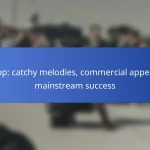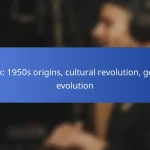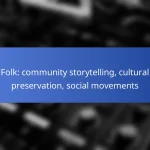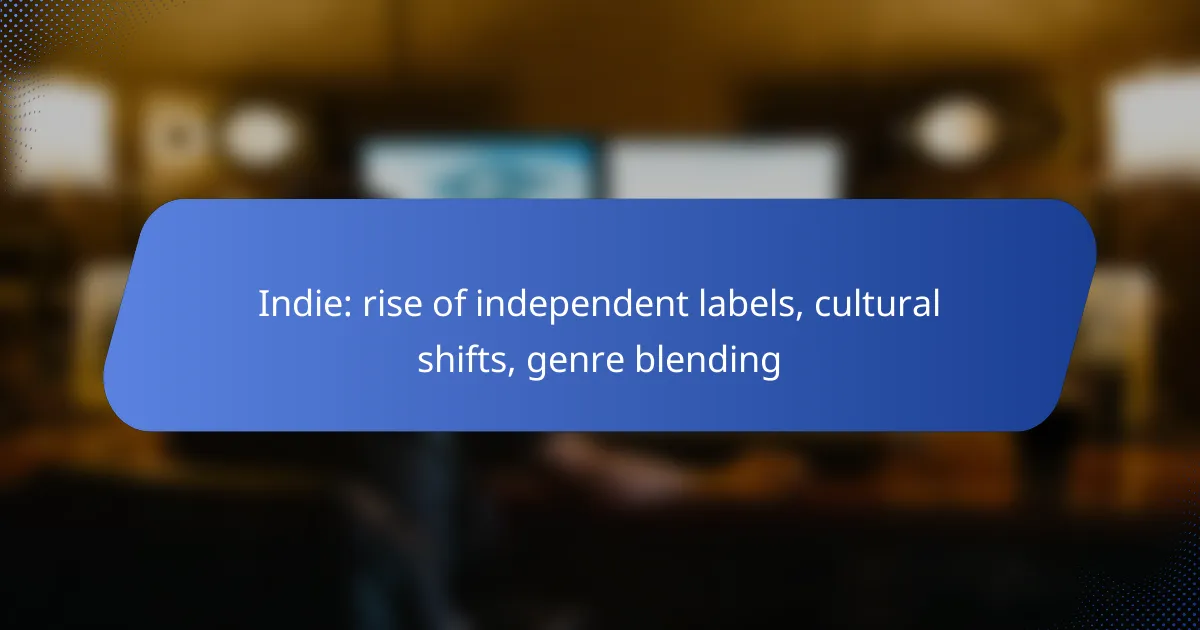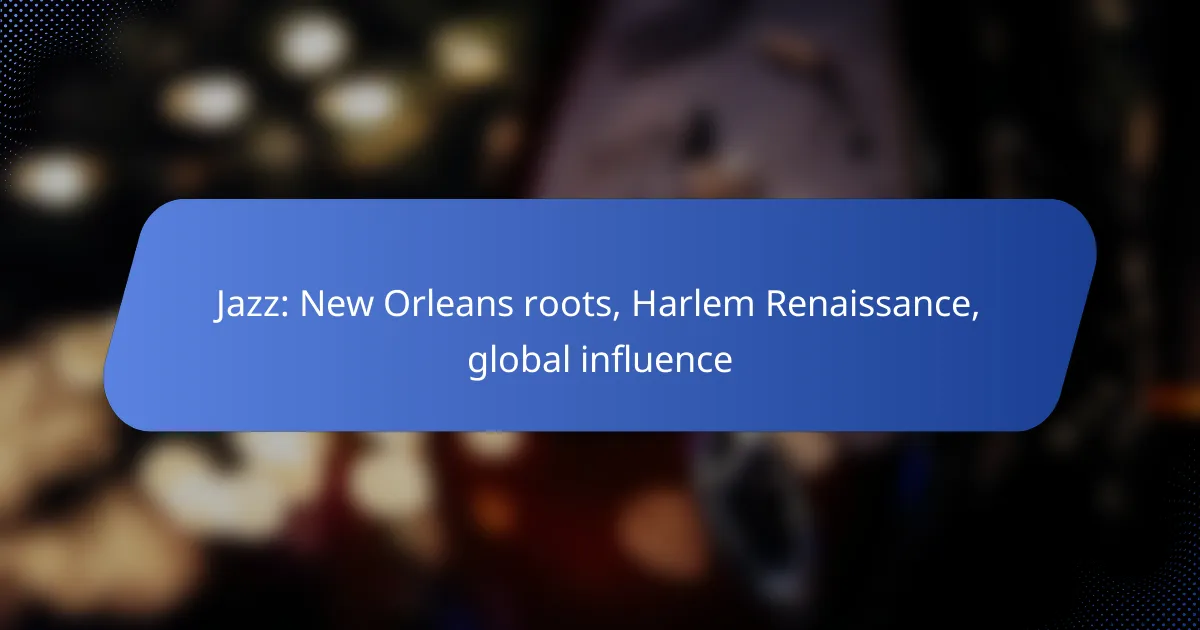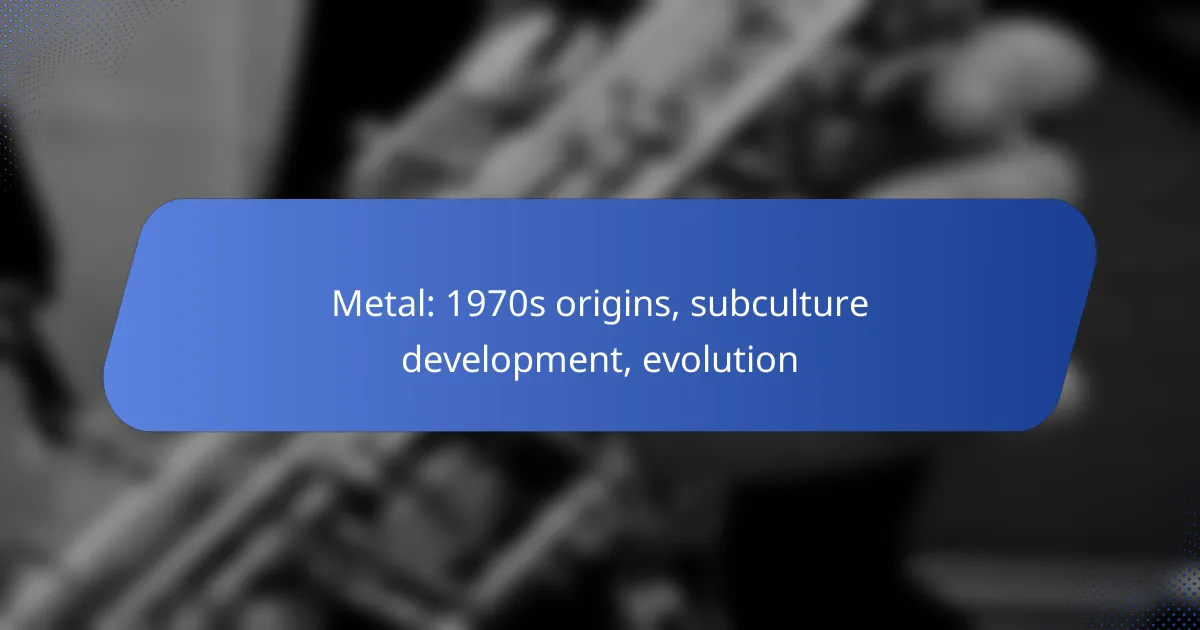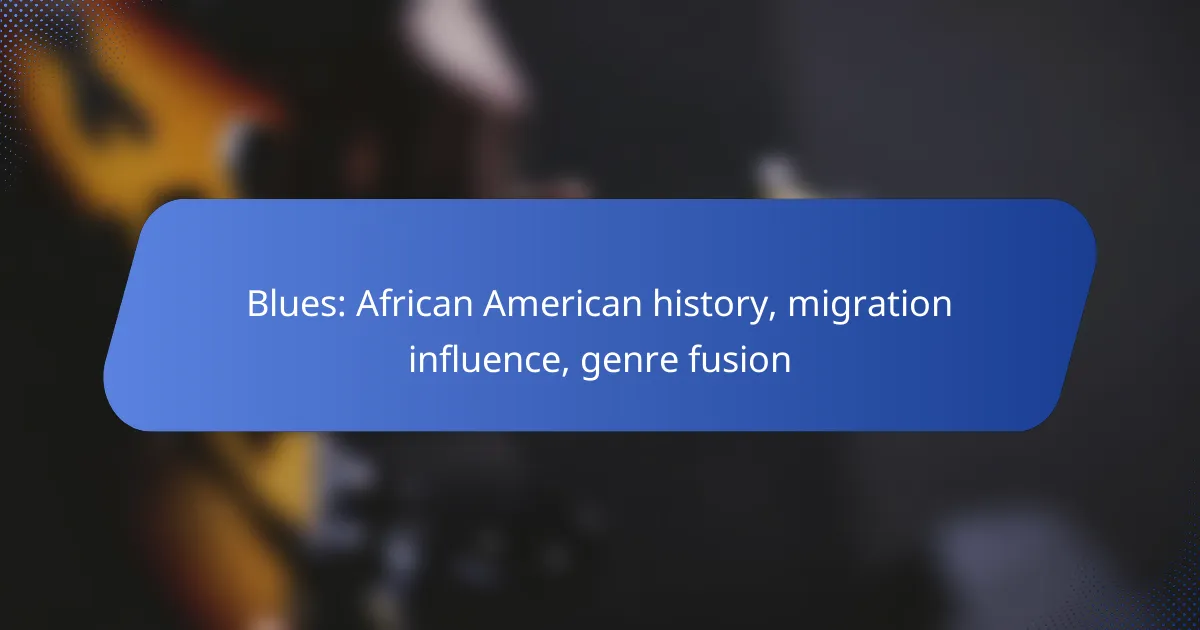The rise of independent labels is reshaping the music landscape by empowering artists to explore their creativity and unique styles without the limitations of major record companies. This cultural shift emphasizes authenticity and community, enabling musicians to connect more genuinely with their audiences. Additionally, genre blending within the indie scene fosters innovation, allowing artists to craft distinctive sounds that appeal to a wide range of listeners.

How are independent labels reshaping the music industry in Australia?
Independent labels in Australia are significantly transforming the music industry by empowering artists and promoting diverse sounds. These labels provide a platform for creativity and innovation, allowing musicians to explore their unique styles without the constraints often imposed by major record companies.
Increased artist autonomy
Independent labels offer artists greater control over their music, from production to distribution. This autonomy enables musicians to make decisions that align with their artistic vision, rather than conforming to commercial pressures. For example, many indie artists can choose their collaborators, production techniques, and marketing strategies, leading to more authentic music.
Moreover, with the rise of digital platforms, independent artists can directly reach their audience without relying on traditional radio or media outlets. This shift has allowed for a more personal connection between artists and fans, fostering loyalty and community.
Diverse music genres
Independent labels are crucial in promoting a wide range of music genres that may not receive attention from mainstream labels. They often support niche genres such as folk, electronic, and experimental music, reflecting the eclectic tastes of Australian audiences. This diversity enriches the music scene and encourages genre blending, resulting in innovative sounds.
For instance, collaborations between artists from different genres are becoming more common, leading to unique fusions that resonate with listeners. This genre-blending not only attracts a broader audience but also encourages creativity among musicians.
Local cultural representation
Independent labels play a vital role in showcasing local talent and cultural narratives, ensuring that Australian voices are heard in the global music landscape. By focusing on regional artists, these labels help preserve and promote local music traditions and stories, which might otherwise be overlooked.
Additionally, many indie labels actively engage with their communities, organizing events and festivals that highlight local musicians. This grassroots approach not only supports artists but also strengthens community ties and fosters a vibrant cultural scene across Australia.
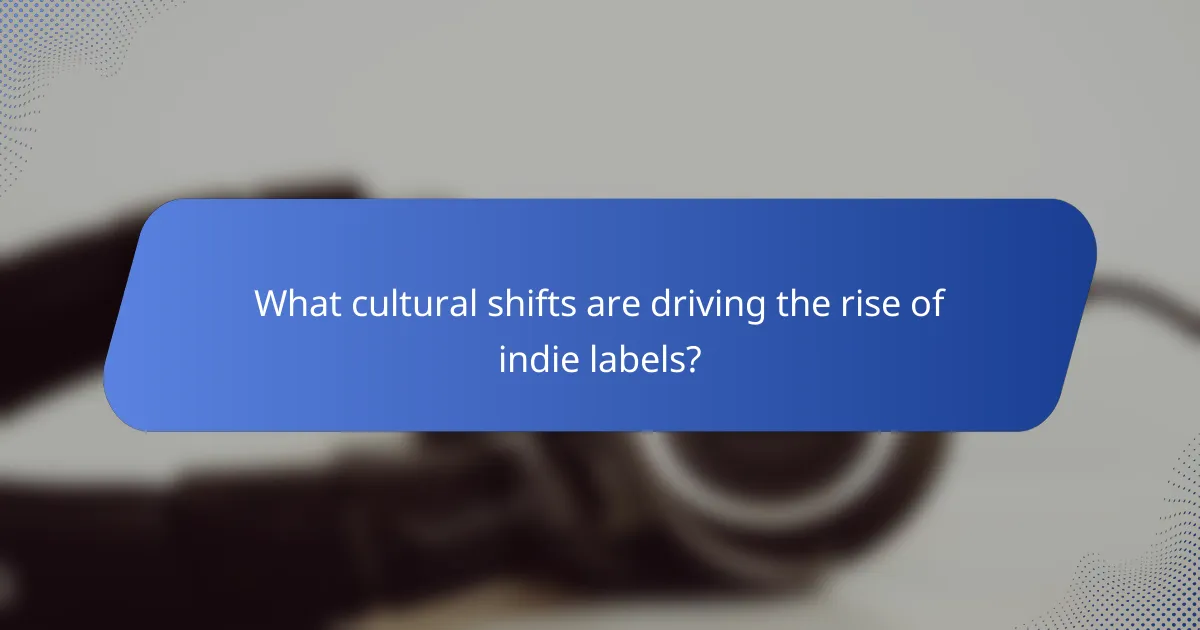
What cultural shifts are driving the rise of indie labels?
The rise of indie labels is largely driven by a cultural shift towards valuing authenticity, community, and the accessibility of music creation. As consumers seek genuine connections with artists, independent labels have become a vital platform for diverse voices and innovative sounds.
Consumer demand for authenticity
Consumers today prioritize authenticity in music, favoring artists who express genuine emotions and experiences. This shift has led to a growing preference for independent labels, which often champion unique, unfiltered talent over mainstream commercialism.
Independent labels typically allow artists more creative freedom, enabling them to develop their sound without the constraints imposed by major labels. This results in music that resonates more deeply with audiences, fostering a loyal fan base.
Social media influence
Social media platforms have transformed how music is discovered and consumed, allowing indie artists to reach wider audiences without traditional marketing budgets. Platforms like Instagram, TikTok, and YouTube enable artists to share their music directly with fans, creating a more personal connection.
These platforms also facilitate genre blending, as artists can easily collaborate and share influences across various styles. This has led to a more diverse music landscape, where indie labels thrive by promoting innovative sounds that reflect contemporary cultural trends.
Community-driven music scenes
Community-driven music scenes are essential to the growth of indie labels, as they foster local talent and create supportive environments for artists. These scenes often prioritize collaboration and inclusivity, allowing musicians to experiment and grow together.
Local venues, festivals, and grassroots initiatives play a crucial role in nurturing these communities. By focusing on regional sounds and cultural influences, indie labels can tap into the unique characteristics of their local music scenes, further enhancing their appeal to fans.
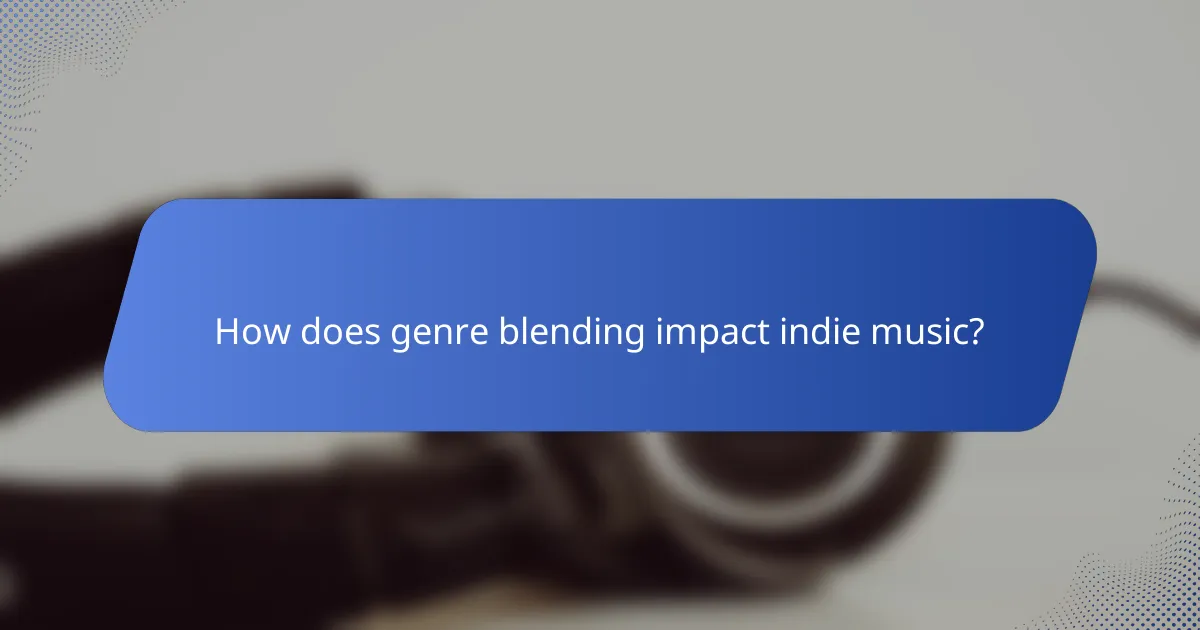
How does genre blending impact indie music?
Genre blending significantly influences indie music by fostering creativity and expanding artistic boundaries. It allows artists to merge different styles, creating unique sounds that resonate with diverse audiences.
Cross-genre collaborations
Cross-genre collaborations are a hallmark of modern indie music, where artists from different musical backgrounds come together to create innovative tracks. For instance, a folk artist may collaborate with an electronic producer, resulting in a fresh sound that appeals to fans of both genres. These partnerships often lead to unexpected musical fusions that can redefine an artist’s style.
Such collaborations can also enhance an artist’s visibility, as they tap into each other’s fan bases, potentially increasing their reach and influence in the music scene.
Innovative soundscapes
Genre blending encourages the creation of innovative soundscapes that challenge traditional musical norms. By incorporating elements from various genres, indie artists can experiment with instrumentation, rhythm, and production techniques. For example, a rock band might integrate hip-hop beats or jazz improvisation, resulting in a distinctive auditory experience.
This experimentation not only enriches the music but also invites listeners to engage with new sounds, fostering a culture of exploration and appreciation for diverse musical styles.
Appeal to wider audiences
The blending of genres in indie music broadens its appeal to a wider audience. By merging popular styles, artists can attract listeners who may not typically engage with indie music. For instance, a pop-infused indie track can resonate with mainstream audiences while retaining its artistic integrity.
This strategy can be particularly effective in streaming platforms, where algorithms often promote diverse tracks based on user preferences, allowing genre-blending artists to gain traction and grow their fan base significantly.

What are the challenges faced by independent labels?
Independent labels encounter several significant challenges that can hinder their growth and success. These include limited funding, intense market competition, and difficulties in distribution, all of which require strategic planning and resourcefulness to navigate effectively.
Funding and resources
Securing adequate funding is a primary challenge for independent labels. Unlike major labels, they often rely on personal investments, crowdfunding, or small grants, which may not provide sufficient capital for extensive marketing or artist development.
Independent labels should consider diversifying their funding sources. This could involve seeking partnerships with local businesses, applying for arts grants, or leveraging platforms like Patreon to engage fans directly. A well-structured budget that prioritizes essential expenditures can also help maximize limited resources.
Market competition
Independent labels face fierce competition from both major labels and other indie entities. The rise of digital music platforms has made it easier for new artists to enter the market, increasing the number of voices vying for listener attention.
To stand out, independent labels must develop a unique brand identity and cultivate a loyal fan base. This can be achieved through targeted marketing strategies, engaging social media presence, and fostering community connections. Collaborations with local artists or events can also enhance visibility and market presence.
Distribution hurdles
Distribution poses a significant hurdle for independent labels, as they often lack the established networks that major labels possess. This can lead to challenges in getting music onto streaming platforms, into physical stores, or into the hands of potential listeners.
Independent labels should explore various distribution options, including digital aggregators that can facilitate access to major streaming services. Building relationships with independent distributors and local record shops can also enhance physical distribution channels. Additionally, direct-to-fan sales through websites or social media can provide an alternative revenue stream while bypassing traditional distribution challenges.
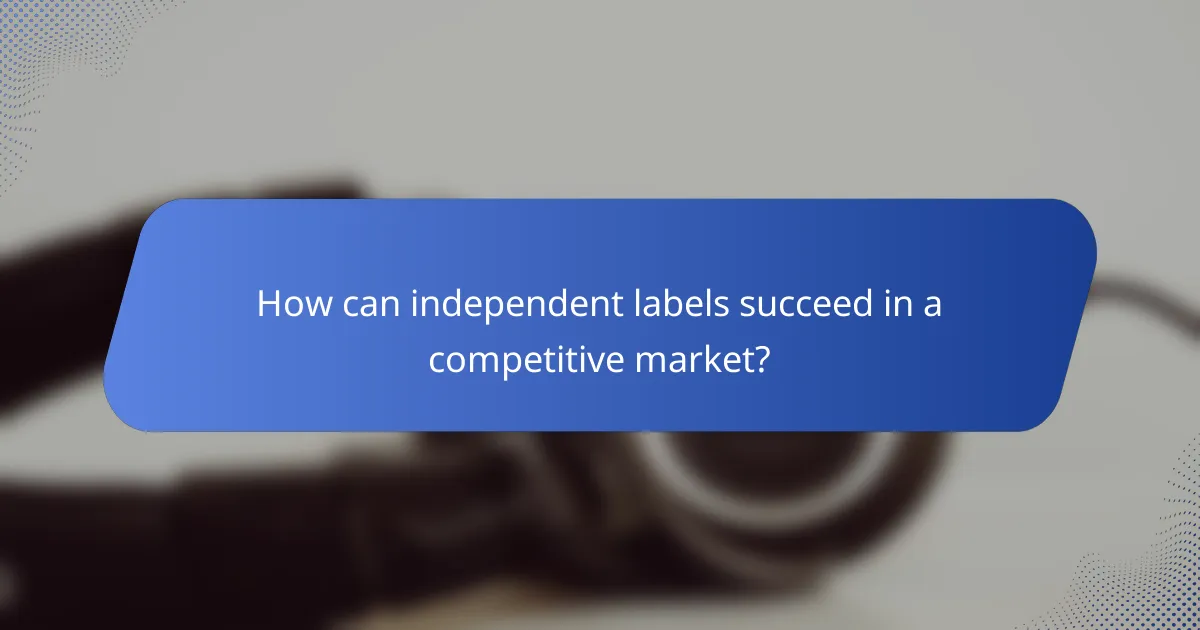
How can independent labels succeed in a competitive market?
Independent labels can succeed in a competitive market by focusing on niche markets, fostering strong artist relationships, and utilizing innovative marketing techniques. By understanding their unique strengths and leveraging digital tools, these labels can carve out a sustainable presence in the music industry.
Effective marketing strategies
To thrive, independent labels must adopt effective marketing strategies that resonate with their target audience. This can include social media campaigns, influencer partnerships, and grassroots promotions that engage fans directly.
Utilizing content marketing, such as behind-the-scenes videos or artist interviews, can also create a deeper connection with listeners. Labels should consider allocating a budget for targeted ads on platforms like Facebook and Instagram, where music discovery is prevalent.
Building strong artist relationships
Strong relationships with artists are crucial for independent labels. This involves open communication, transparency about financial matters, and providing creative support. Labels should prioritize artist development, helping them grow their brand and musical identity.
Regular check-ins and feedback sessions can foster trust and loyalty. Additionally, offering fair contracts and revenue-sharing models can motivate artists to invest in their partnership with the label.
Leveraging digital platforms
Digital platforms are essential for independent labels to reach wider audiences. Streaming services like Spotify and Apple Music provide opportunities for exposure, while platforms like Bandcamp allow for direct sales and fan engagement.
Labels should optimize their presence on these platforms by curating playlists, engaging with listeners through social media, and utilizing analytics to understand listener preferences. Investing in digital marketing tools can further enhance visibility and drive sales.

What role do festivals play in promoting indie labels?
Festivals are crucial for promoting indie labels by providing a platform for exposure and engagement with audiences. They allow independent artists to showcase their music, connect with fans, and gain visibility in a competitive industry.
Showcasing emerging talent
Festivals often feature a diverse lineup that includes emerging indie artists, giving them a chance to perform in front of larger audiences. This exposure can lead to increased streaming numbers, social media followers, and opportunities for future gigs.
For instance, festivals like SXSW in the United States or Primavera Sound in Spain are known for highlighting new talent, often leading to record deals or collaborations for artists who perform there.
Creating networking opportunities
Festivals serve as a hub for industry professionals, including label representatives, producers, and promoters, facilitating valuable networking opportunities for indie labels and artists. These connections can result in partnerships that enhance marketing efforts and distribution channels.
Attending panels and workshops at festivals can also provide insights into industry trends and best practices, helping indie labels navigate the evolving music landscape effectively.
